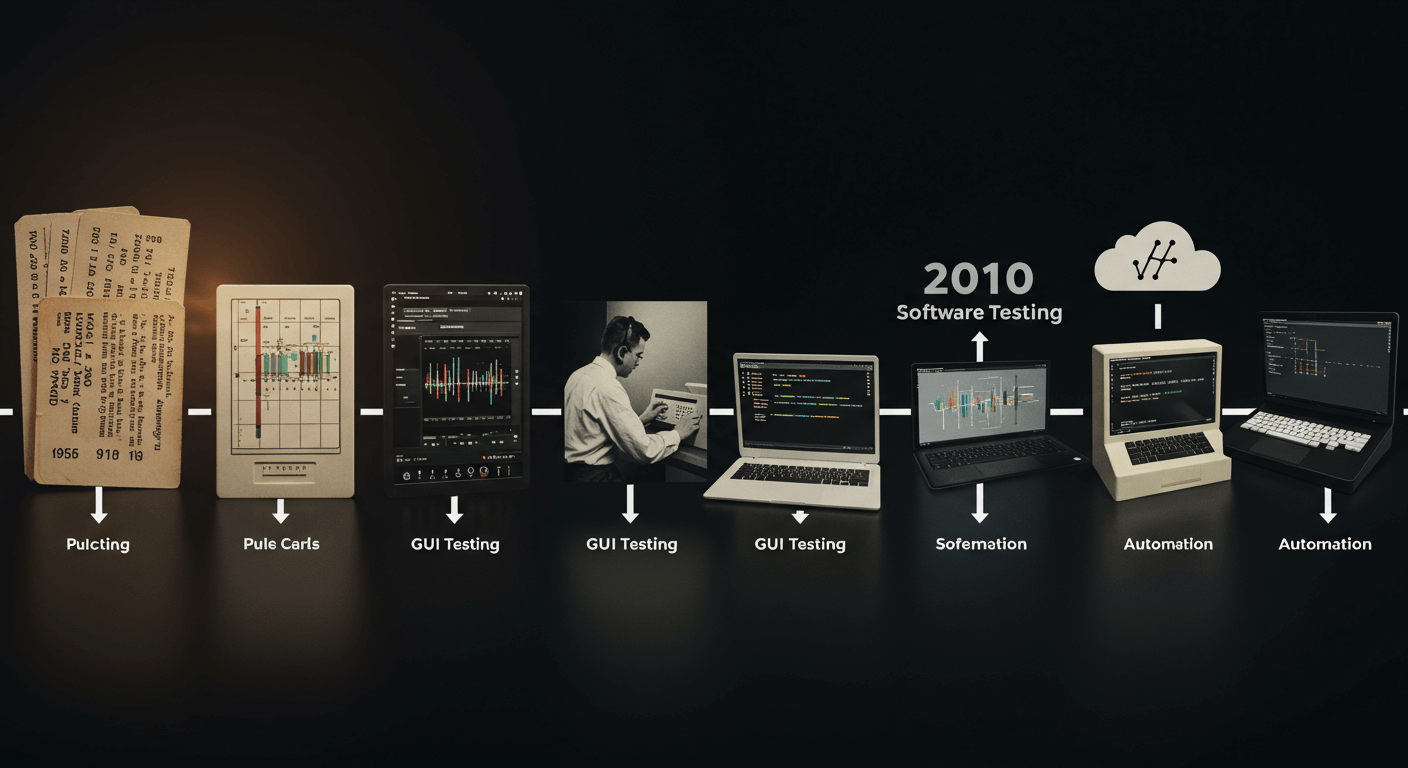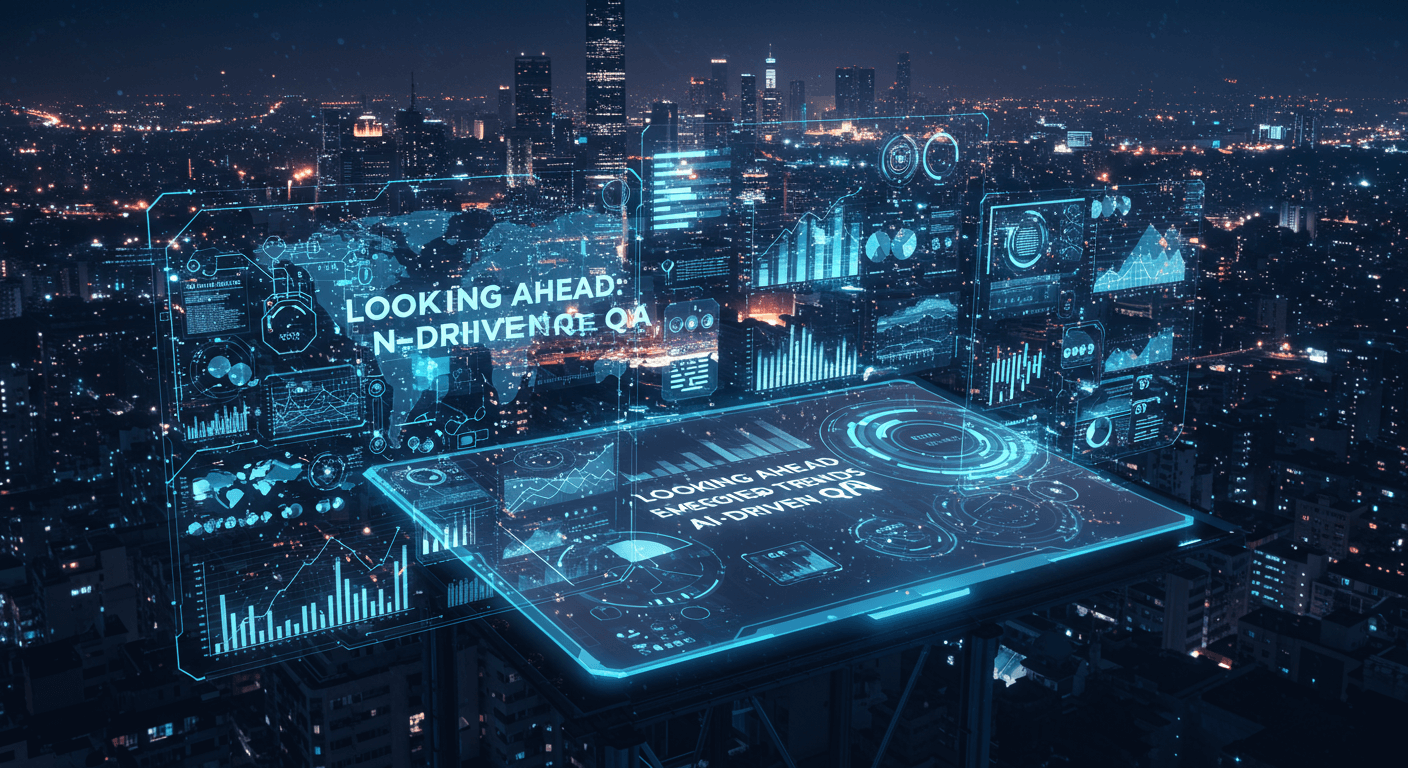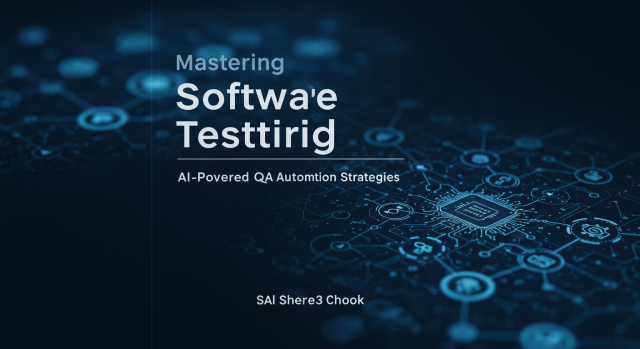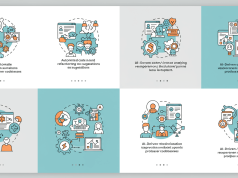As software systems grow in complexity and delivery timelines shrink, quality assurance (QA) teams face mounting pressure to catch more defects and accelerate releases. In 2025, organizations are turning to artificial intelligence (AI) and machine learning (ML) to supercharge testing processes, reduce manual effort, and improve overall software quality. This comprehensive guide explores AI-powered testing strategies, top tools, implementation best practices, and future trends you need to stay ahead of the curve.
The Evolution of Software Testing

Software testing has come a long way from manual test scripts and ad-hoc quality checks. Early days of QA relied on human testers executing repetitive test cases, a process prone to human error and high operational costs. The rise of automated testing frameworks—such as Selenium, JUnit, and TestNG—brought repeatability and coverage, but still required substantial scripting effort and maintenance.
The integration of AI and ML is transforming QA from a manual, repetitive task into a dynamic, intelligent process. Modern testing tools now automate everything from test design and case selection to execution and maintenance, learning continuously from code updates, user behavior, and system telemetry. This allows them to dynamically adapt test suites, ensuring they are always optimized for both efficiency and coverage. But the real power is unlocked when this intelligent QA is woven directly into AI-Powered CI/CD Pipelines. Here, AI-driven testing becomes a seamless gatekeeper, providing instant feedback on every code change and enabling truly continuous quality assurance. This synergy doesn’t just accelerate releases; it builds a robust culture of shift-left testing, where quality is everyone’s responsibility and predictive analytics help prevent bugs long before they reach production. It’s about building smarter, not just faster.
Why AI Matters in QA Automation
Integrating AI into QA workflows unlocks several critical advantages:
- Smart Test Case Generation: AI models can generate and prioritize test cases based on historical defect data and code complexity metrics.
- Defect Prediction: Machine learning algorithms analyze code changes and commit history to predict high-risk areas, enabling focused testing.
- Visual Validation: Computer vision techniques detect unintended UI changes and layout regressions without writing pixel-by-pixel assertions.
- Self-Healing Tests: AI automatically adjusts locators and selectors when UI elements change, reducing flaky tests and maintenance overhead.
- Performance Anomaly Detection: Real-time monitoring coupled with anomaly detection flags performance regressions before they impact end users.
Core Strategies for AI-Powered QA
3.1. Automated Test Case Generation and Prioritization
Traditional test case design is labor-intensive and often misses edge scenarios. AI-driven tools analyze code repositories, user flows, and previous bug reports to automatically generate comprehensive test scenarios. By applying predictive analytics, they also prioritize test cases based on risk, ensuring that critical paths are tested first during each build.
Intelligent Defect Prediction and Risk Analysis
Not all code changes carry equal risk. ML models trained on historical defect and commit data can score new pull requests by defect probability. This focused approach accelerates decision-making and optimizes test coverage where it matters most.
Autonomous Visual and UI Testing
Visual bugs are notoriously hard to catch with code-based assertions. AI-powered visual testing platforms use computer vision to compare screenshots and detect anomalies—color shifts, font misalignments, or layout breaks—without manual inspection of every pixel.
Continuous Testing within CI/CD Pipelines
Embedding AI-driven tests into continuous integration and delivery (CI/CD) pipelines enables near-instant feedback on code health. Test suites automatically adapt to build changes, self-heal broken scripts, and generate actionable reports for developers to fix issues before deployment.
Performance and Load Testing with ML Insights
Performance testing traditionally requires manual threshold settings and result interpretation. Machine learning algorithms can detect abnormal performance patterns, auto-tune load parameters, and predict system behavior under stress, ensuring your application scales reliably under peak conditions.
Leading AI-Powered Testing Tools
Several vendors now offer comprehensive AI-driven QA platforms. Key players include:
- Testim: Uses ML to stabilize end-to-end tests and self-heal broken selectors.
- Applitools: Computer vision-based visual testing and layout comparisons.
- mabl: Automated functional and performance testing with auto-generated test flows.
- Functionize: Natural language-based test authoring and AI-driven test maintenance.
- Selenium AI Extensions: Emerging plugins that add intelligent locator strategies to existing Selenium tests.
Best Practices for Implementing AI in QA
- Data Quality and Governance: Feed AI models with clean, representative test data and maintain oversight on training data sources.
- Human–AI Collaboration: Let AI propose tests and fixes, but institute reviews by experienced QA engineers to validate accuracy.
- Incremental Adoption: Start with low-risk modules—such as UI or smoke tests—then expand to core business flows as confidence grows.
- Monitoring and Feedback Loops: Continuously measure AI test effectiveness—detection rate, false positives—and retrain models as needed.
- Toolchain Integration: Ensure AI testing tools seamlessly integrate with your CI/CD, test management, and defect-tracking systems.
Overcoming Common Challenges
Implementing AI-driven QA is not without hurdles. Teams often face:
- Skill Gaps: QA engineers may need training in data science concepts and tool-specific AI workflows.
- Trust and Transparency: Black-box ML models can be hard to trust. Opt for tools that provide explainable AI and clear reasoning for test suggestions.
- Integration Complexity: Legacy test suites and infrastructure may require refactoring or custom adapters to work with AI tools.
- False Positives: Early AI-driven tests may flag non-issues. Employ human-in-the-loop validation to fine-tune model thresholds.
Looking Ahead: Emerging Trends in AI-Driven QA

As we progress through and beyond, several innovations are set to shape the future of QA:
- AIOps for QA: Merging operations and QA data to enable real-time anomaly detection and automated remediation in production.
- Digital Twin Testing: Creating virtual replicas of complex systems to simulate end-to-end scenarios in a risk-free environment.
- Natural Language Testing: Using conversational AI to write and refine test cases in plain English, democratizing QA authoring.
- Continuous AI Model Validation: Integrating model performance checks into CI/CD so AI-driven tests remain accurate as code evolves
Conclusion
AI-powered testing and QA automation represent the next frontier in software quality assurance. By adopting AI-driven test generation, self-healing scripts, visual validation, and predictive analytics, organizations can dramatically improve defect detection rates, accelerate release cycles, and optimize resource allocation. Begin your journey by piloting AI tools on critical workflows, establish feedback loops, and iterate quickly. With the strategies outlined in this guide, your QA team will be well-equipped to master software testing and beyond.
Ready to transform your QA process? Evaluate leading AI testing platforms, upskill your team on ML fundamentals, and integrate intelligent tests into your CI/CD pipelines today. Embrace AI-driven QA and set a new standard for software quality in the years ahead.








